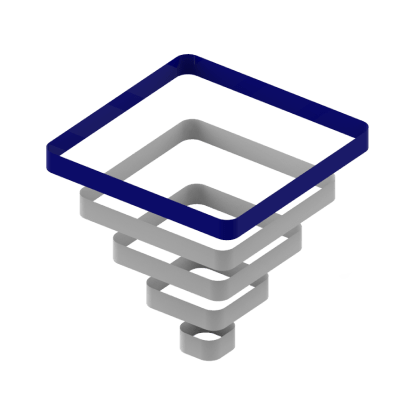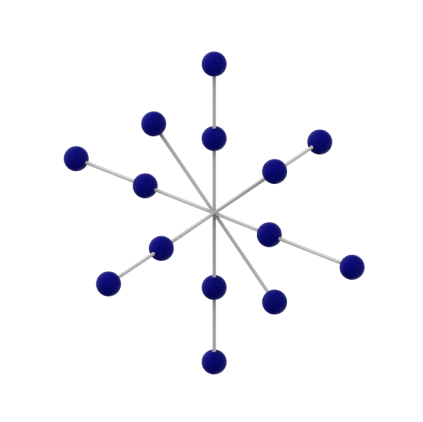ERIC BENHAMOU
So, first, I, like the way George has framed the two major tracks that we could use at the conference, less infrastructure, versus applications. And also, I like, very much, the important problem that Christian has posed, which is, I’m struck by the immense levels of capital intensity associated with this generation of AI, it’s absolutely mind boggling, the more than $100 million to train GPT4, Altman now wants to raise $7 trillion to build the next generation GPUs. For calibration, I think 7 trillion is more than twice the GDP of France, so nobody wants to live in a world that has this level of capital concentration, industry concentration.
So, I think there’s going to be a big debate in the next few years about open versus closed, proprietary models, versus, open models. If you put something in the open, you have to be pretty comfortable that it is safe. So there has to be regulations around it. If you keep it proprietary, simply because it said you are not sure it is safe. Then we have big societal problems there. But I think the application track of the conference should be very interesting, because after, after Gen AI has come on the scene in full force with GPG and so on.
The anticipation of applications has risen and the return on AI expectations are extremely high. They are certainly very high. In the minds of investors, the last wave of earnings calls, every analyst is asking CEOs, what’s your return on AI investments? So I think, after a period of experimentation, in 2023-24, we’re going to have to see some scaled applications that disrupts and transform industries.
We’re investing in a few, and I’m sure that many, many panelists here are investing in others, but I’m very, very excited about the vertical AI space. And we’re going to start to see some low hanging fruits materialized at scale.
Gemma has no excuse me on the panel today, but I know she. She raised a share of effect. Coding at scale, enhancing productivity of knowledge workers, like Software engineers are using it, using Gen AI. I suspect the most promising applications at scale will be those that don’t bypass to humans, but Smit, unable to human to operate much, much higher level.
The way we think about this is exactly the same level sets we describe autonomous vehicles, so you have autonomy level 1, 2, 3, 4. And, same thing, I’ve seen what happened with enterprises. Enterprises will raise their level of autonomy. In other words, process automation, such that, human tasks for the elevated to much higher strategic levels, enabling more routine tasks to be handled by AI. We are going to see this with, for example, customer support applications. Nobody likes to deal with call center operators. They prefer it to deal with people who have much more knowledgeable. This doesn’t mean that call centers will go away.
It does mean that call center operators will use Gen AI to be more efficient to dealing with other humans. I expect that’s a lot of legal projects handled by the General Counsel; will be sped up as a result of the immense capabilities of summarization that exists in Gen AI today?
The question that many of us, investors are faced with is: what is the right level investments in terms of magnitude and where do you place your investments in this space? Um, I don’t think anyone of us here on this panel has the wherewithal to invest in next generation of LLMs. That’s way too expensive or next gen GPUs.
On the other hand, if you invest in applications, and data and middleware, and RAG enhanced applications (Retrieval Augmented Generation), then you’re very likely to be able to create a complete solution that can be deployed at scale. Now, this exists in a wide variety of different industries and different investors have different specialties and they’ll be able to get returns in different industries. But I’m struck by the fact that, within a couple of year, we’re going to see a few breakouts applications at scale truly, illustrating, the potential.
Regarding the infrastructure, track that George and others talked about, it’s pretty clear that we’re going to have so many different forms of compute. They’re going to have to be put together in a logical set, architectures.
I’m struck by the fact that, in the first 15 years of this century, we witnessed a massive migration to the Cloud. Workflows went to the cloud and now we’re starting to see a counter stream where many workloads move back. They moved to the edge or the move back on premise. Sometimes Gen AI privacy concerns cause you to bring your workloads and the data back on premise. But I think This creates a very, very complex architecture with some edge. components and some cloud components from, some on premise components space components and I think there’ll be a very interesting debates about the most powerful architectures from edge to cloud. This morning just before the panel are recharged from our electric vehicle on a charger. And I came to realize this is not the same as the gas pump. This is a very smart edge device.
That knows a great deal about my consumption, that recognized my vehicle, it knows who I am, and potentially can be hacked to the point of destroying my vehicle. So, all of this made me think, OK, these are characters who require a very fine level of thinking.
Not just because of the balance of capital deployment, but because some architectures will be very vulnerable to a new generation of cyber-attacks, and others will be strong.
So, I think we’ll have, within the infrastructure track, I think we have some interesting debates about what is in the minds of attackers, whether they are state level actors or just hackers, when they’re confronted with this massively augmented attack surface?
I think Gen AI offers the possibility of extremely creative new attacks.
The same sort of social engineering attacks that we witness the last few years can be augmented dramatically with Gen AI.
That can deep fake humans, whether, in text conversation, voice, even image.
And we have to figure out a way to protect ourselves from these deep fake attacks, particularly in a world that is geopolitically more unstable.
So, it seems to me, we have some very, very interesting topics that we can fix across these two tracks.
And my personal interests, as I mentioned, in the contributions, is that I think the next couple of years, there’ll be some breakthrough returns in vertical AI deployments.
I don’t have a crystal ball good enough, clear enough to see, to know which ones but I’m placing my bets right now.
And I think the potential that gen AI at scale offers in terms of productivity boost is tremendous. So much more focus on an industrial and enterprise deployments and consumer deployments.














